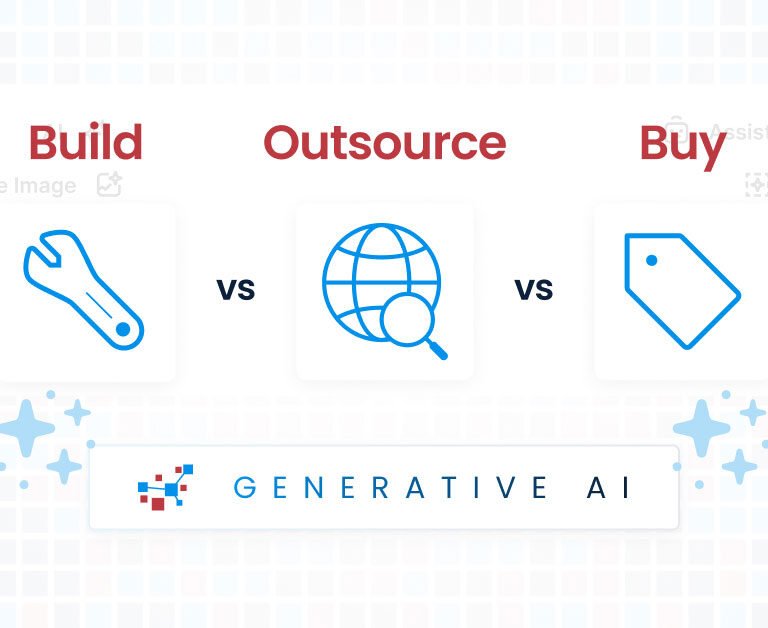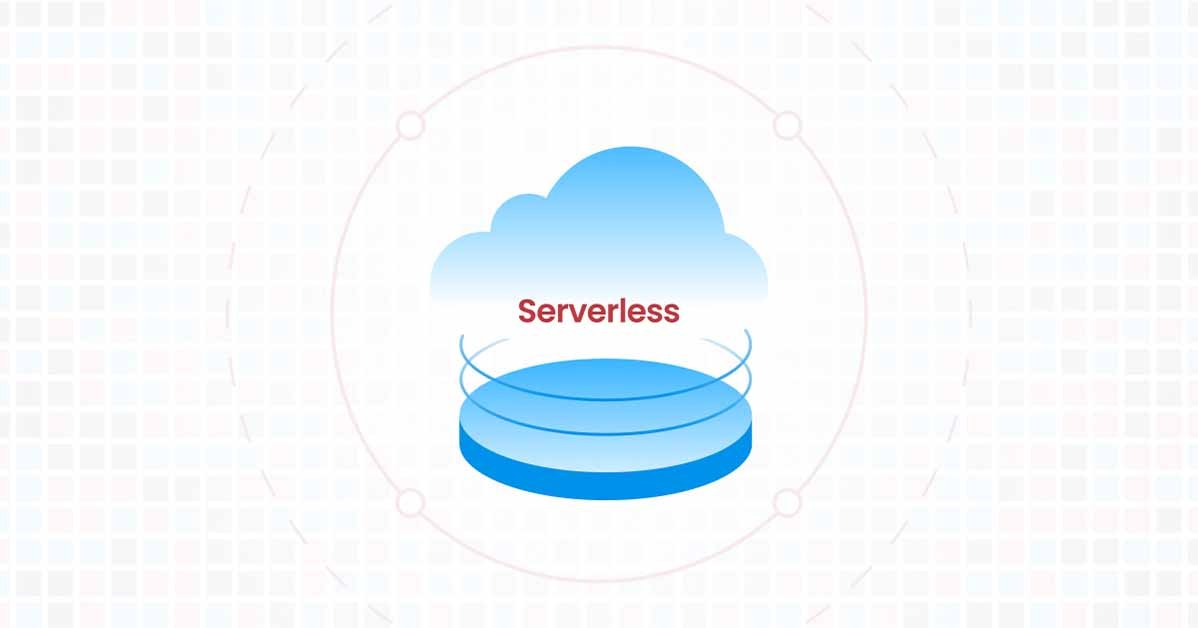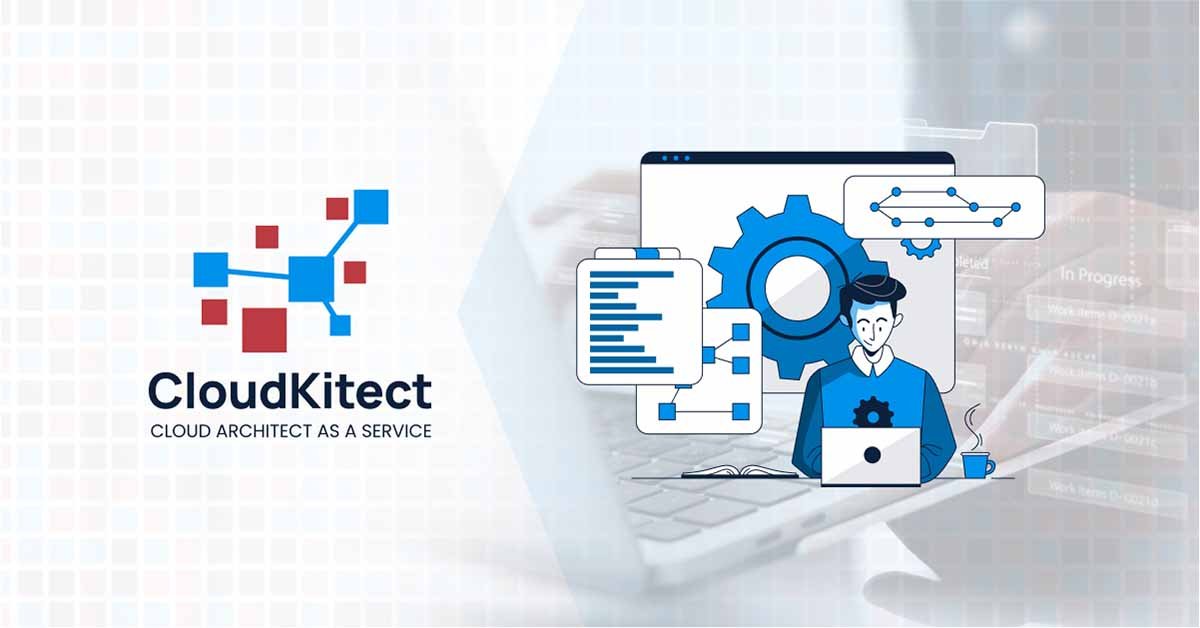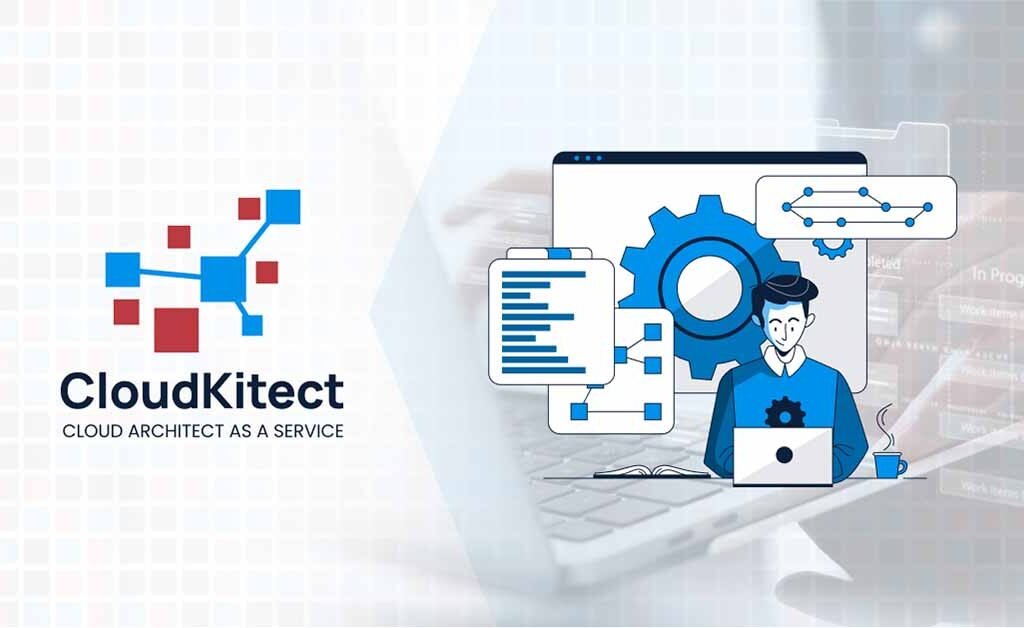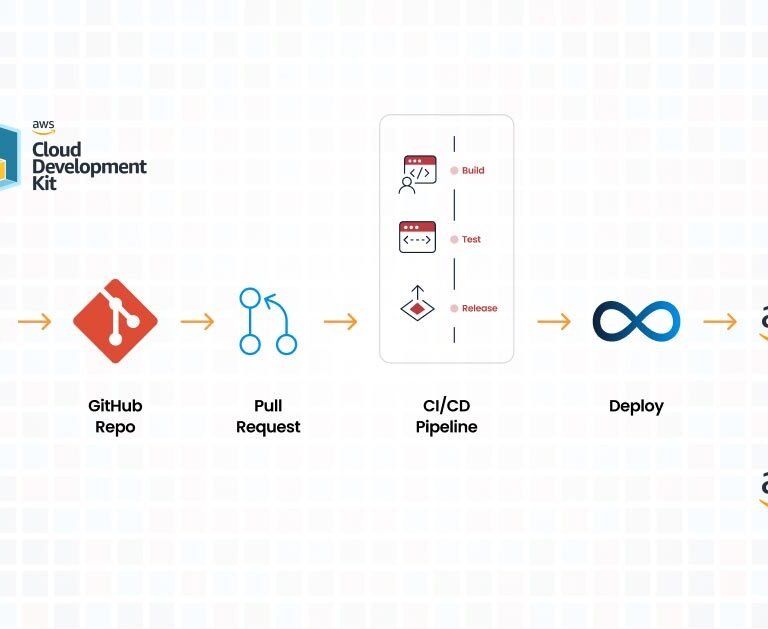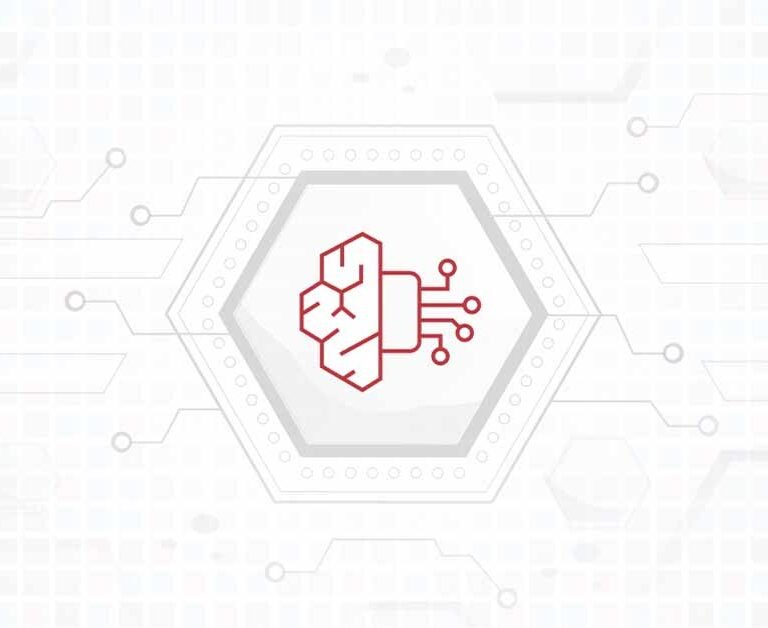Introduction
In the ever-evolving landscape of API development, the demand for efficient, scalable, and cost-effective APIs has never been higher. One remarkable innovation that has been making waves is the use of serverless technology to unchain APIs. In this blog post, we will explore how serverless technology is transforming API development, providing businesses with newfound agility and eliminating the scalability constraints associated with server-based API resources
The API Integration Challenge
APIs (Application Programming Interfaces) are the lifeblood of modern software systems. They enable applications to communicate with each other, share data, and offer functionalities over HTTP protocol. However, running APIs to satisfy the ever increasing demands of API clients can be a complex task. Traditionally, organizations had to manage servers and infrastructure to facilitate APIs. This required substantial time, effort, and cost, often leading to scalability and maintenance challenges.
Enter Serverless Technology
Serverless technology, often associated with Functions as a Service (FaaS) platforms like AWS Lambda, Google Cloud Functions, and Azure Functions, has revolutionized the way applications are built and integrated. At its core, serverless computing eliminates the need for developers to worry about server management, infrastructure provisioning, and scaling. Instead, developers focus solely on writing code in the form of functions that run in response to events. Doing so offers many benefits over traditional platforms used to power the APIs, some of them are,
1. Cost Efficiency
Serverless technology follows a “pay-as-you-go” model, meaning you are billed only for the computational resources used during code execution. This eliminates the costs associated with maintaining idle servers.
2. Scalability
Serverless platforms automatically scale functions in response to increased workloads. Your APIs can handle thousands of requests without any manual intervention, hence APIs powered by Serverless technology are unchained..
3. Rapid Development
Developers can focus on writing code rather than managing infrastructure, resulting in faster development cycles and quicker time-to-market for applications.
4. Reduced Complexity
Serverless abstracts server management complexities, enabling developers to concentrate on writing efficient, single-purpose functions.
Challenges to Consider
While crafting Lambda functions for domain-specific logic may be straightforward, it’s important to recognize that building a comprehensive serverless infrastructure demands a broader range of components and considerations. Therefore, the infrastructure that surrounds the business logic for constructing enterprise-grade APIs must deliver,
1. Security:
Serverless applications are not immune to security threats. Protecting your serverless functions, data, and user interactions is paramount. Implement robust security practices, including access controls, authentication mechanisms, and thorough testing to fortify your application against vulnerabilities.
2. Monitoring for Success:
Effective monitoring is the heartbeat of any production-grade system. In the serverless realm, monitoring becomes more complex as functions are ephemeral and auto-scaling. Invest in comprehensive monitoring solutions to gain insights into your application’s performance, troubleshoot issues, and ensure optimal user experiences.
3. Encryption Everywhere:
In a world increasingly concerned with data privacy, end-to-end encryption is non-negotiable. Ensure that data is encrypted at rest and in transit, safeguarding sensitive information from evesdropping and complying with privacy regulations.
4. Performance Considerations:
While serverless technology excels in auto-scaling to meet demand, optimizing performance remains a key challenge. Architect your functions with performance in mind, optimizing code, minimizing cold starts, and leveraging caching when appropriate.
5. Best Practices Rule:
Serverless success lies in adhering to best practice recommendations. Stay informed about the latest industry standards and guidelines, embracing proven techniques for scalability, resilience, and maintainability.
However, expecting developers to not only write code but also be an expert on numerous cloud services and configure them accurately can be overwhelming. To address this challenge, CloudKitect offers a range of components and architectural patterns, enabling developers to construct enterprise-grade infrastructure seamlessly, all while keeping their primary focus on the APIs business logic.
Conclusion
Serverless technology has ushered in a new era of powering APIs, unchaining APIs from the constraints of traditional server resources. By harnessing the power of serverless platforms, organizations can streamline development, reduce costs, and enhance scalability. As you embark on your serverless journey, remember to weigh the benefits against the challenges and select the right tools and platforms for your specific use cases. The era of unchained APIs is here, and it’s time to leverage this transformative technology to drive innovation and efficiency in your organization.
Talk to Our Cloud/AI Experts
Search Blog
About us
CloudKitect revolutionizes the way technology startups adopt cloud computing by providing innovative, secure, and cost-effective turnkey solution that fast-tracks the digital transformation. CloudKitect offers Cloud Architect as a Service.
Related Resources
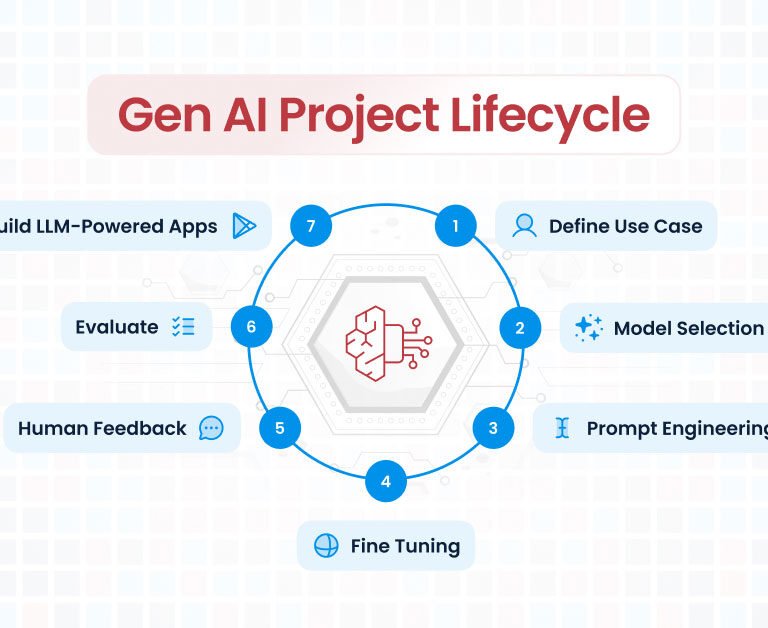
Generative AI Project Lifecycle: A Comprehensive Guide

Unlocking Data Insights: Chat with Your Data | PDF and Beyond
